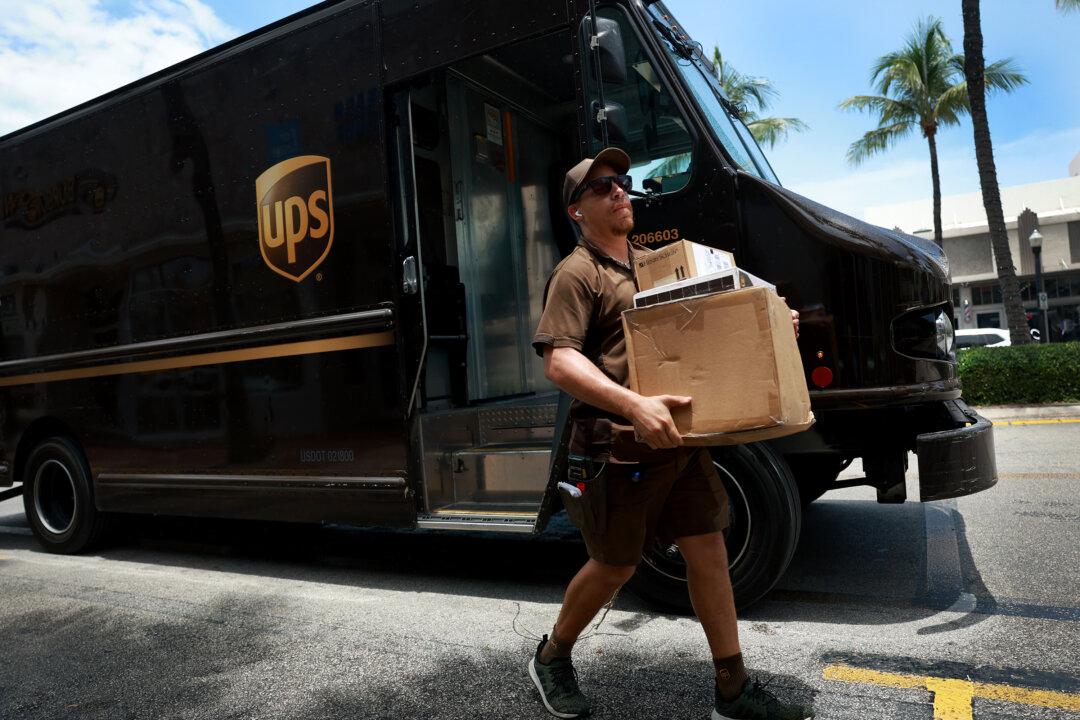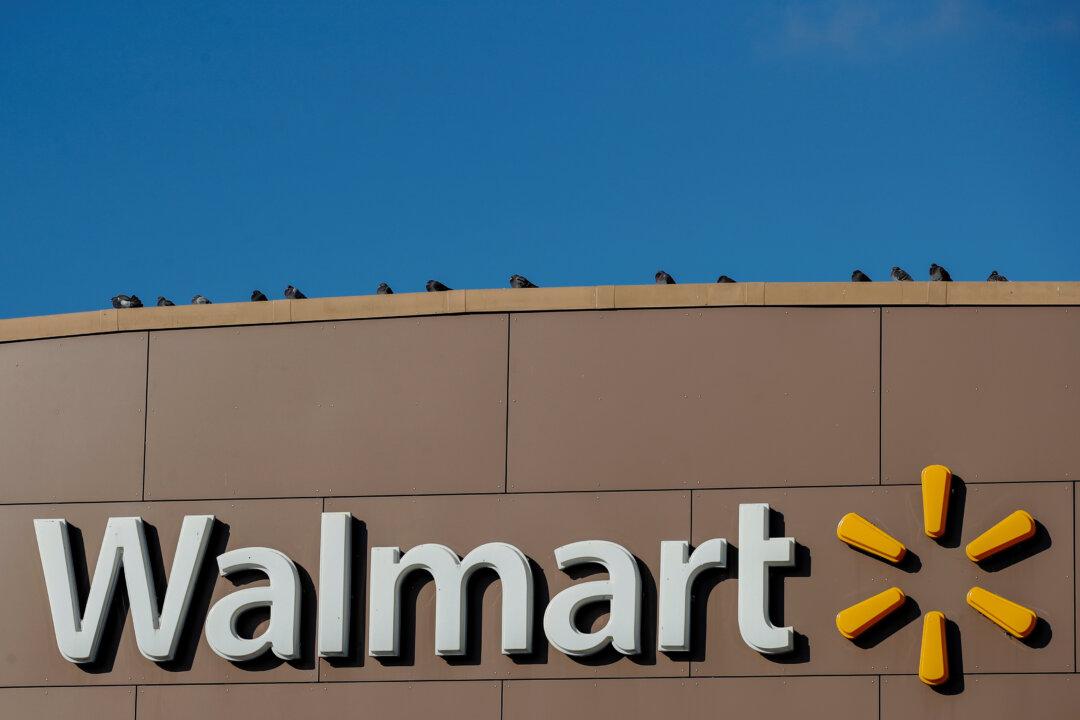United Parcel Service (UPS) reported a sharp drop in third-quarter profits on Oct. 26 and cut its revenue forecast for the year as demand for the company’s services declined.
For the three-month period ended Sept. 30, UPS earned adjusted net income of $1.3 billion in the quarter, or $1.57 a share, down 48.7 percent from a year ago. That’s slightly better compared with analysts’ average estimate of $1.52, according to LSEG data.




